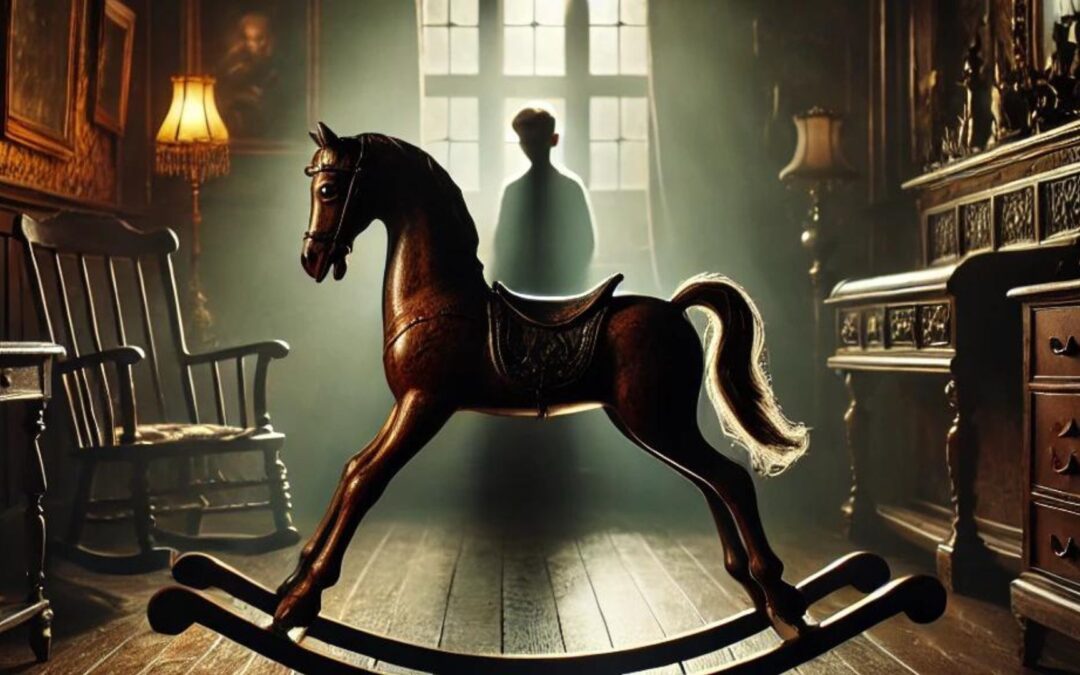Introduction
Learn about ballet in this very short introduction from Do You Know Podcast, a podcast from English Plus Podcast Network.
Audio Episode
[ai_playlist id=”15803″]
Interactive Transcript
BALLET
Raise your arms and bring your fingers together over your head. Now lift one foot, point your toes, and strike a pose. You are doing ballet. Ballet is a form of dance with graceful steps and arm movements as well as leaps and spins.
We also use the word ballet to describe a story performed to music, using ballet dance techniques. Ballet performances include not only dance and music but also costumes and scenery. Some of the most popular ballets are Swan Lake, The Nutcracker, and The Sleeping Beauty.
HOW ARE BALLET DANCERS TRAINED?
Girls who study ballet generally begin by age eight to ten. Boys often start later. Ballet training is hard work. Ballet students must develop strength, balance, and flexibility as well as grace. They must learn a set of movements and gestures. Girls also learn to dance on their toes. They usually begin pointe (tip-of-the-toes) work after three years of training.
All ballet students practice five basic positions of the feet. These five positions form the basis of almost all ballet steps. All of these positions are performed with the legs turned outward at the hip. The feet should be able to form a straight line on the floor.
The turned-out position gives a dancer a more pleasing “line.” Line has to do with the placement of the dancer’s body, in motion and at rest. All parts of the dancer’s body must be placed in the correct position to achieve good line. Training can improve a dancer’s line. Good line gives a dancer the greatest stability and ease of movement. It also makes the dancer’s body seem light in weight.
All dancers take daily classes to keep their bodies flexible and strong. Most classes begin with warm-up exercises at the barre, a railing that dancers hold onto for support. The second part of the class consists of slow exercises that develop balance and fluid (flowing, not jerky) motion. After this, dancers practice quick movements, such as small jumps and leg extensions, and then large steps, turns, and leaps.
WHO CREATES BALLETS?
Ballet dancers work with their bodies to perform the movements in a ballet and achieve dramatic effects. The choreographer is the person who decides what movements the dancers will execute.
The choreographer chooses a story or theme for the ballet. He or she also decides on the music. Sometimes, the choreographer uses music that is already written. Sometimes, music is composed specifically to accompany a new ballet. Choreographers may create ballets for specific dancers. In that case, they try to show off what these dancers do best.
WHY SO MUCH FRENCH?
The language of ballet—its rules and steps—developed over centuries. The steps were first named in France, and they have kept their French names. For example, when the body spins on one foot, the step or movement is called a pirouette. This French word once meant a spinning top. A pas de deux, meaning “step for two,” is a dance for two dancers. En pointe, on the tip of the toes, comes from French words meaning “on point.”
Practice Worksheet (Downloadable PDF)













0 Comments